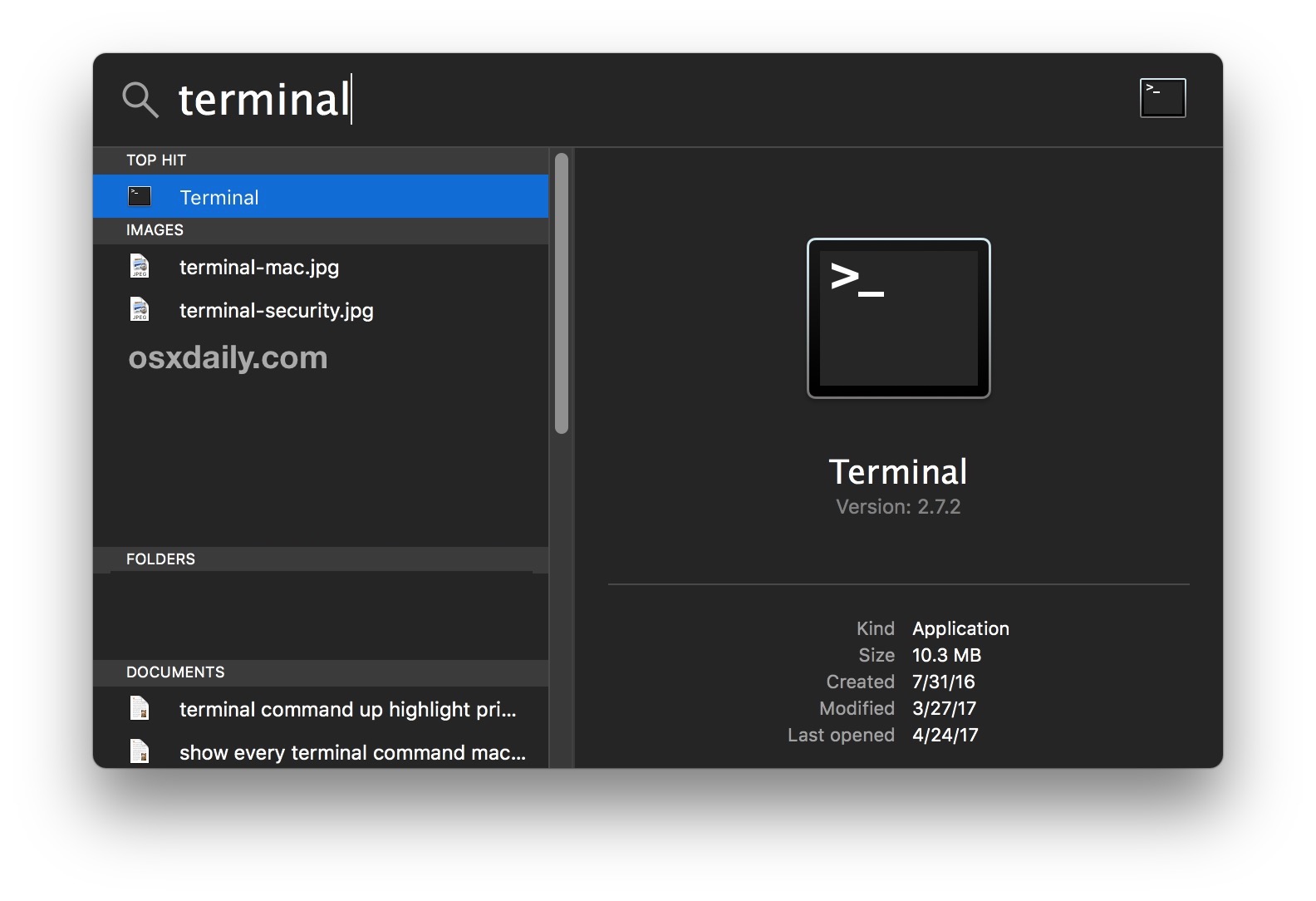Are you looking to securely access and manage your devices remotely using SSH on a Mac? With RemoteIoT, a free and powerful tool, you can effortlessly establish secure connections and streamline your workflow. Whether you're a developer, IT professional, or simply someone who wants to explore remote device management, this guide will walk you through everything you need to know about how to use SSH RemoteIoT Mac free. RemoteIoT offers a user-friendly interface and robust features, making it accessible even for beginners. By leveraging SSH (Secure Shell), you can ensure secure communication between your Mac and remote devices, all without spending a dime.
Understanding how to use SSH RemoteIoT Mac free can significantly enhance your productivity and security. SSH is a cryptographic network protocol that allows you to securely access a remote device over an unsecured network. RemoteIoT simplifies this process by providing an intuitive platform that integrates seamlessly with macOS. From configuring your SSH keys to troubleshooting common issues, this article will cover every step in detail. By the end of this guide, you'll have the knowledge and confidence to use SSH with RemoteIoT on your Mac like a pro.
As remote work and IoT (Internet of Things) devices become increasingly prevalent, mastering tools like RemoteIoT is more important than ever. This guide is designed to provide practical, actionable insights that cater to both beginners and experienced users. With clear instructions, step-by-step guidance, and expert tips, you'll learn how to use SSH RemoteIoT Mac free to manage your devices efficiently. Whether you're troubleshooting a Raspberry Pi or managing a network of IoT devices, this guide has you covered.
Read also:How To Securely Connect Remoteiot P2p Ssh On Windows 10 A Comprehensive Guide
Table of Contents
- What is SSH and Why is it Important?
- How to Set Up SSH on Your Mac?
- What is RemoteIoT and How Does it Work?
- How to Use SSH RemoteIoT Mac Free?
- Step-by-Step Guide to Configuring SSH Keys
- Common Issues and How to Resolve Them?
- Is RemoteIoT Safe to Use for SSH?
- Tips for Optimizing Your SSH Experience
- How to Troubleshoot SSH Connection Problems?
- Final Thoughts on Using SSH RemoteIoT Mac Free
What is SSH and Why is it Important?
SSH, or Secure Shell, is a protocol designed to provide secure access to remote systems over an unsecured network. It encrypts the data transmitted between your Mac and the remote device, ensuring that sensitive information remains protected from unauthorized access. SSH is widely used in IT and development environments because it offers a secure way to manage servers, IoT devices, and other networked systems. Without SSH, remote connections could be vulnerable to attacks such as eavesdropping and data theft.
Using SSH with tools like RemoteIoT enhances your ability to manage devices remotely. Whether you're accessing a server to run commands, transferring files, or monitoring IoT devices, SSH ensures that your connection is encrypted and secure. This is particularly important for professionals who work with sensitive data or manage multiple devices across different locations. By learning how to use SSH RemoteIoT Mac free, you can take full advantage of these benefits without incurring additional costs.
How to Set Up SSH on Your Mac?
Setting up SSH on your Mac is a straightforward process. macOS comes with SSH pre-installed, so you don't need to download any additional software. To get started, open the Terminal application, which is located in the Utilities folder within Applications. Once you have Terminal open, you can check if SSH is enabled by typing the command ssh and pressing Enter. If SSH is installed, you'll see a list of available commands.
Next, you'll need to generate an SSH key pair, which consists of a public key and a private key. The public key is shared with the remote device, while the private key remains on your Mac. To generate the keys, type ssh-keygen -t rsa in the Terminal and follow the prompts. You can choose to add a passphrase for an extra layer of security. Once the keys are generated, you're ready to use SSH with RemoteIoT or any other remote device.
What is RemoteIoT and How Does it Work?
RemoteIoT is a free platform designed to simplify remote device management. It allows you to securely connect to IoT devices, servers, and other systems using SSH. The platform provides a user-friendly interface that makes it easy to configure and manage your connections. RemoteIoT also supports advanced features such as port forwarding and tunneling, which can be useful for specific use cases.
RemoteIoT works by acting as an intermediary between your Mac and the remote device. When you initiate an SSH connection through RemoteIoT, the platform ensures that the communication is encrypted and secure. This eliminates the need for complex network configurations or port forwarding on your router. By using RemoteIoT, you can focus on managing your devices without worrying about the technical details of setting up a secure connection.
Read also:Discovering The Legacy Of Pat Preist A Journey Through Art And Influence
How to Use SSH RemoteIoT Mac Free?
To use SSH with RemoteIoT on your Mac, you'll first need to create an account on the RemoteIoT website. Once you've signed up, log in to the platform and navigate to the device management section. Here, you can add the details of the remote device you want to connect to, including its IP address and SSH credentials. RemoteIoT will generate a unique connection string that you can use to establish the SSH connection.
Open the Terminal on your Mac and use the following command to connect: ssh [username]@[connection-string]. Replace [username] with your remote device's username and [connection-string] with the string provided by RemoteIoT. If everything is configured correctly, you'll be prompted to enter your password or passphrase. Once authenticated, you'll have secure access to the remote device.
Step-by-Step Guide to Configuring SSH Keys
Configuring SSH keys is a critical step in using SSH with RemoteIoT. Here's a step-by-step guide to help you through the process:
- Open Terminal on your Mac.
- Type
ssh-keygen -t rsaand press Enter. - Follow the prompts to save the keys in the default location or specify a custom path.
- Add a passphrase if desired.
- Copy the public key to the remote device using the command
ssh-copy-id [username]@[remote-device-ip]. - Test the connection by running
ssh [username]@[remote-device-ip].
Common Issues and How to Resolve Them?
While using SSH with RemoteIoT, you may encounter a few common issues. One frequent problem is being unable to establish a connection due to incorrect credentials. Double-check the username, IP address, and SSH key configuration to ensure everything is correct. Another issue is firewall settings blocking the SSH port. To resolve this, ensure that port 22 is open on both your Mac and the remote device.
If you're using RemoteIoT and still can't connect, verify that the connection string is entered correctly. Additionally, check the RemoteIoT dashboard for any error messages or alerts. If the problem persists, consult the platform's documentation or contact their support team for assistance.
Is RemoteIoT Safe to Use for SSH?
Yes, RemoteIoT is a safe and reliable platform for using SSH. The platform employs industry-standard encryption protocols to secure your connections. Additionally, RemoteIoT does not store your private keys or sensitive information, ensuring that your data remains confidential. By using RemoteIoT, you can enjoy the benefits of SSH without compromising on security.
Tips for Optimizing Your SSH Experience
- Use SSH keys instead of passwords for faster and more secure authentication.
- Enable SSH agent forwarding to streamline access to multiple devices.
- Regularly update your SSH client and server software to protect against vulnerabilities.
- Monitor your SSH logs for any suspicious activity.
How to Troubleshoot SSH Connection Problems?
Troubleshooting SSH connection problems involves identifying the root cause of the issue. Start by checking your network connection and ensuring that both your Mac and the remote device are online. Next, verify that the SSH service is running on the remote device. You can do this by logging into the device directly and running the command sudo service ssh status.
If the service is running but you still can't connect, check the firewall settings on both devices. Ensure that port 22 is open and not blocked by any security rules. Finally, review the SSH configuration files on the remote device to ensure that they are set up correctly. If you're using RemoteIoT, consult their support documentation for additional troubleshooting steps.
Final Thoughts on Using SSH RemoteIoT Mac Free
Learning how to use SSH RemoteIoT Mac free is a valuable skill that can enhance your ability to manage remote devices securely and efficiently. Whether you're a beginner or an experienced user, RemoteIoT provides a user-friendly platform that simplifies the process of setting up and maintaining SSH connections. By following the steps outlined in this guide, you can confidently use SSH to access and manage your devices from anywhere in the world.
As remote work and IoT continue to grow, tools like RemoteIoT will become increasingly important. By mastering how to use SSH RemoteIoT Mac free, you'll be well-equipped to handle the challenges of remote device management. Remember to prioritize security, stay updated on best practices, and leverage the full potential of SSH and RemoteIoT to streamline your workflow.

